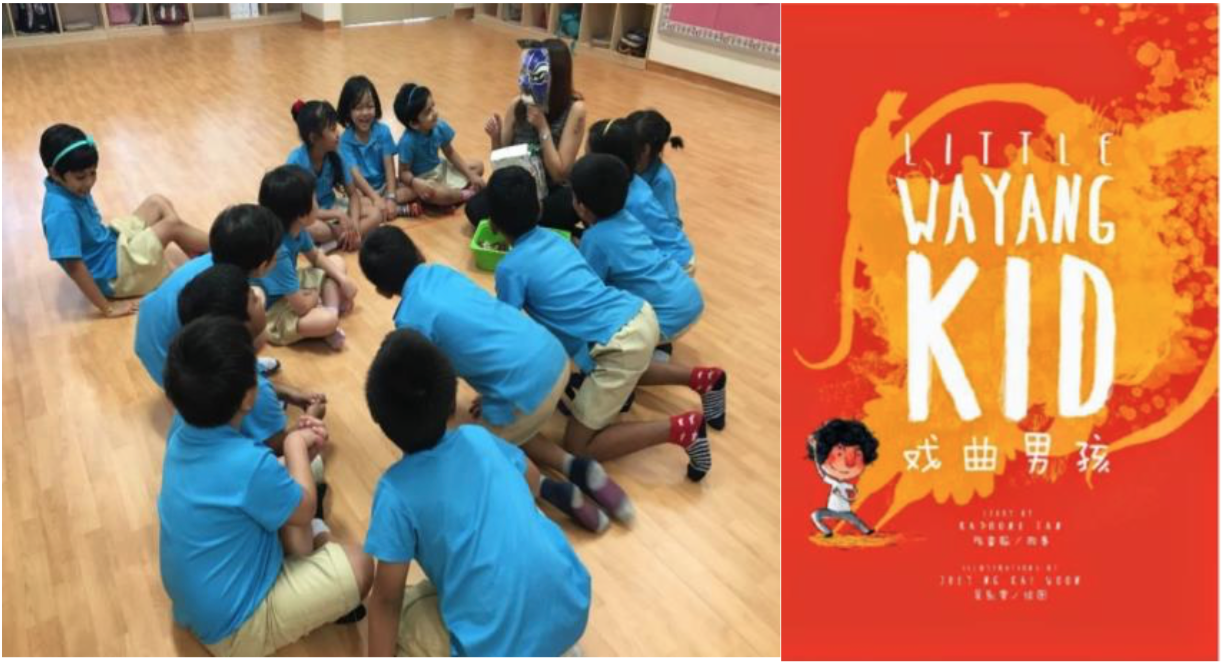Overview
Thinking of using local ethnic music to expose your children to elements of music? How can you design activities that encourage them to express their feelings and ideas through music and movement?
Find out answers to these questions in this lesson idea that uses Chinese Opera music to create opportunities for children to understand elements of music while appreciating Singapore’s multi-racial society. Children will be given opportunities to explore TWO learning areas through an integrated approach in this learning experience.
| Learning Areas | Learning Goals |
| Aesthetics and Creative Expression (A&C) | LG2: Express ideas and feelings through art and music and movement LG3: Create art and music and movement using experimentation and imagination |
| Social and Emotional Development (SED) | LG1: Develop awareness of personal identity |
Learning objectives
Children
will be given opportunities to:
- Talk about Singapore being a multi-racial country
- Identify “fast’ and “slow” in a piece of Chinese Opera music
- Use fast and slow movements and rhythms to accompany a story
#1 Introducing ethnic music
Introducing ethnic music provides opportunities for children to make connections with sounds and musical events that they may have encountered in their daily lives
| Participating in cultural activities and celebrating festivas raise children's awareness about the unique practices and values of different cultures. This helps them develop a sense of identity as Singaporeans. |
|---|
How?
1. Show a video clip to introduce the ethnic music.
For example, when introducing the Chinese Opera, encourage children to listen to the music (e.g. singing and instruments) and observe the movements used by the performers. They can also look out for the costumes and props used in the performance.
2. Use a relevant book for children to find out more about the ethnic music.
For example, introduce the book "Little Wayang Kid" and read the story once through. Get the children to talk about why Raj wanted to learn Chinese Opera and how his parents responded to his interest. Highlight that Singapore is a multi-racial country as there are many races living together in Singapore and have the children talk about what that means to them.
Sharing their experiences with Chinese Opera in response to the book “Little Wayang Kid”*
*“Little Wayang Kid” is written by Raymond Tan and is a publication supported by the Lee Kuan Yew Fund for Bilingualism.
#2 Expressing ideas and feelings through music and movement
Children love moving, dancing and
exploring with their bodies. Besides singing games and action songs, children can
learn musical concepts through movement activities.
How?
1. Use audio clips that illustrate the musical concept you want to teach. Encourage your children to move in response to the music.
For example, when teaching the children about tempo which means how fast or slow a piece of music is, choose fast and slow audio clips from a Chinese Opera performance. Have your children move freely in response to the music (e.g. running on the spot when they hear the fast music and walking slowly when they hear the slow music).
2. Introduce ethnic percussion instruments and let your children explore playing them.
| Before using the percussion instruments, go through with the children the correct way of handling and playing the instruments |
|---|
For example, introduce a percussion instrument that is used in Chinese Opera (e.g. the Chinese drum). Demonstrate how to play fast and slow rhythms on it. Invite your children to explore playing fast and slow rhythms on the drum.
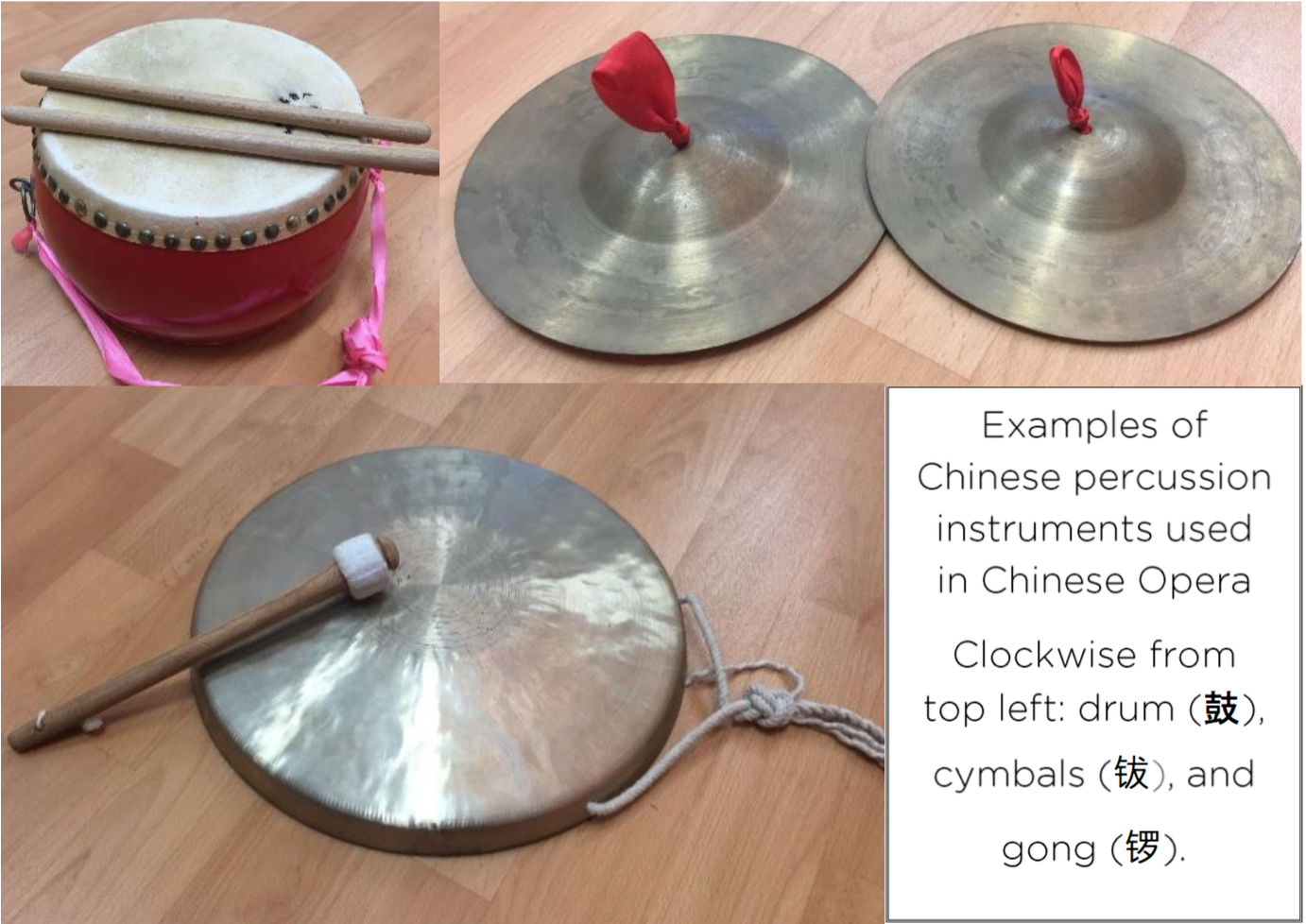
#3 Creating music and movement through experimentation and imagination
When children move in response to music and play with instruments to create different sounds, they become involved in active music-making. This provides an environment for them to acquire musical knowledge and skills.
How?
- Have the children put up a simple musical performance. Use a familiar story or get the children to write their own story. Have them dramatise the story with actions, movements and accompanying music.
For example, get your children to put up a simple Chinese Opera performance based on a story (refer to the picture cards in the Annex). - After reading the story, get the children to talk about how to act out the story and they type of music to accompany it. To facilitate the discussion, use questions and prompts such as "Shan Shan skipped in the park. Do you think she moved quickly or slowly? How would you show this?" or "Which instrument would you choose to show the horse galloping? How would you play it to show the horse galloping?"
Have one group of children dramatise the story while another group plays fast and slow rhythms on percussion instruments to accompany the story.
| Involve all the children in the performance. Get them to act as the characters in the story or play instruments to accompany the story. |
|---|
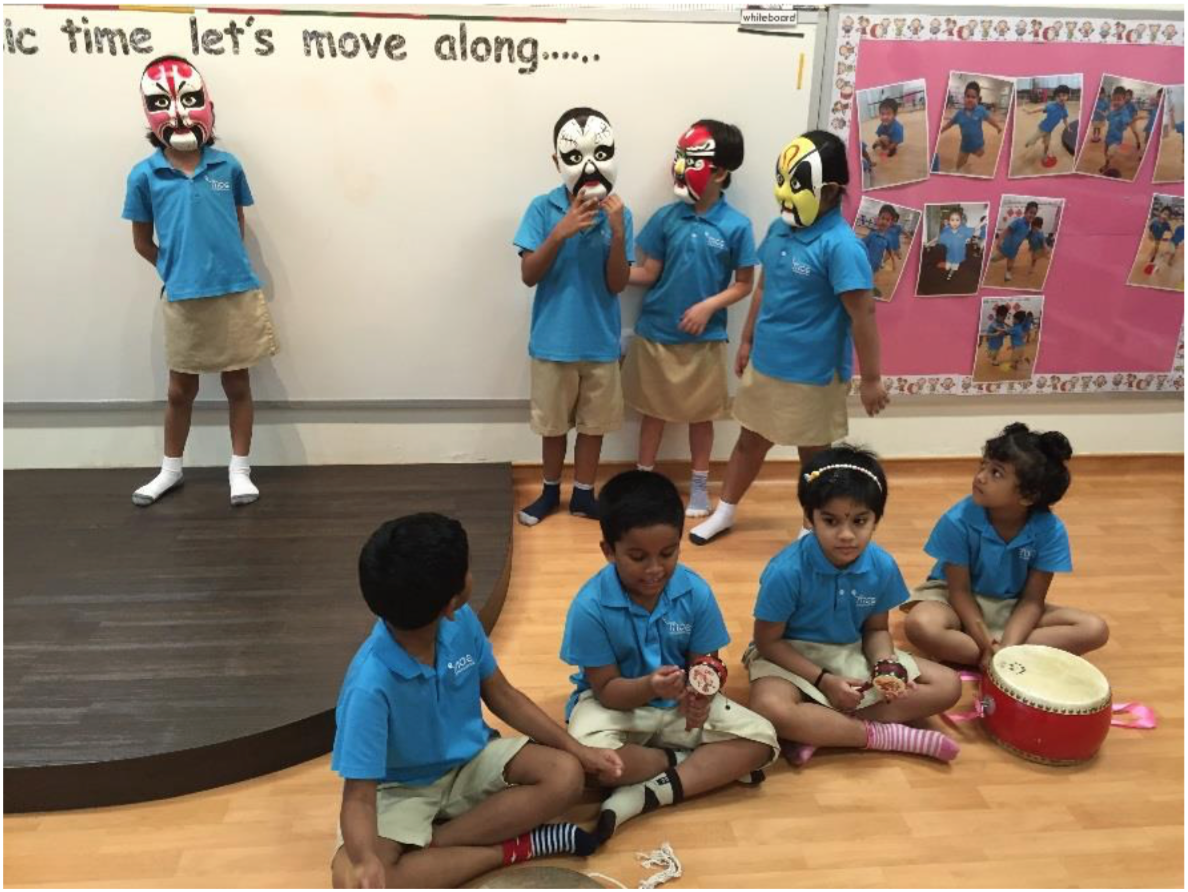 Children
putting up their Chinese Opera performance
Children
putting up their Chinese Opera performance Annex 1
Example of story for Chinese Opera performance
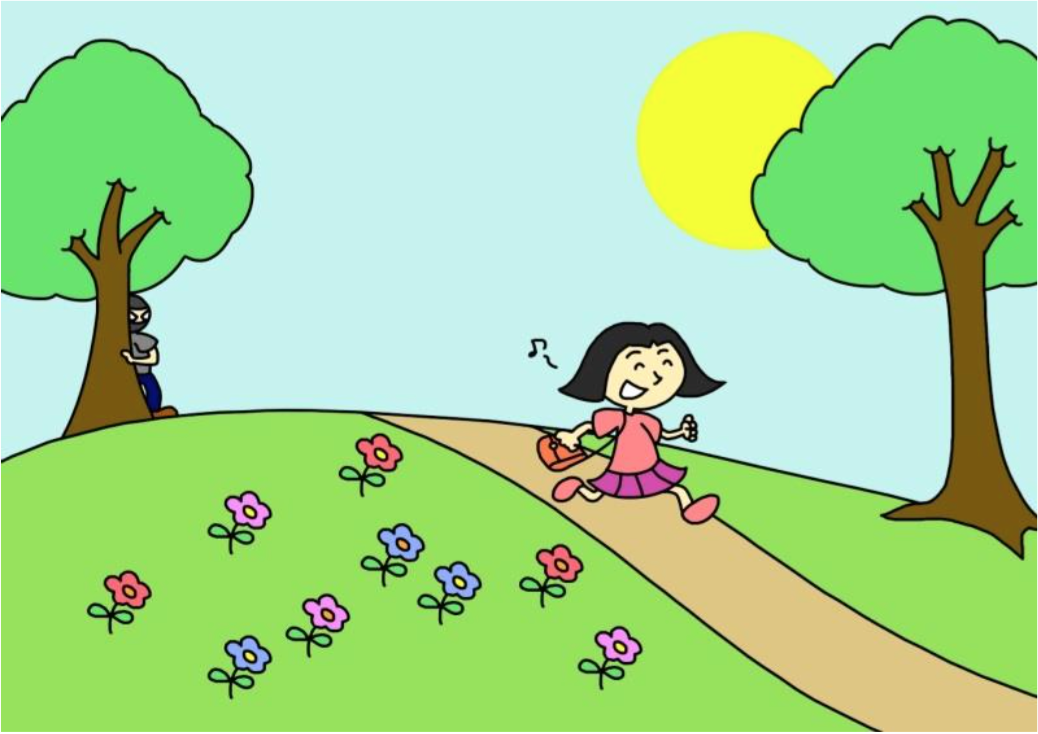 | One bright sunny day, Shan Shan was skipping in the park |
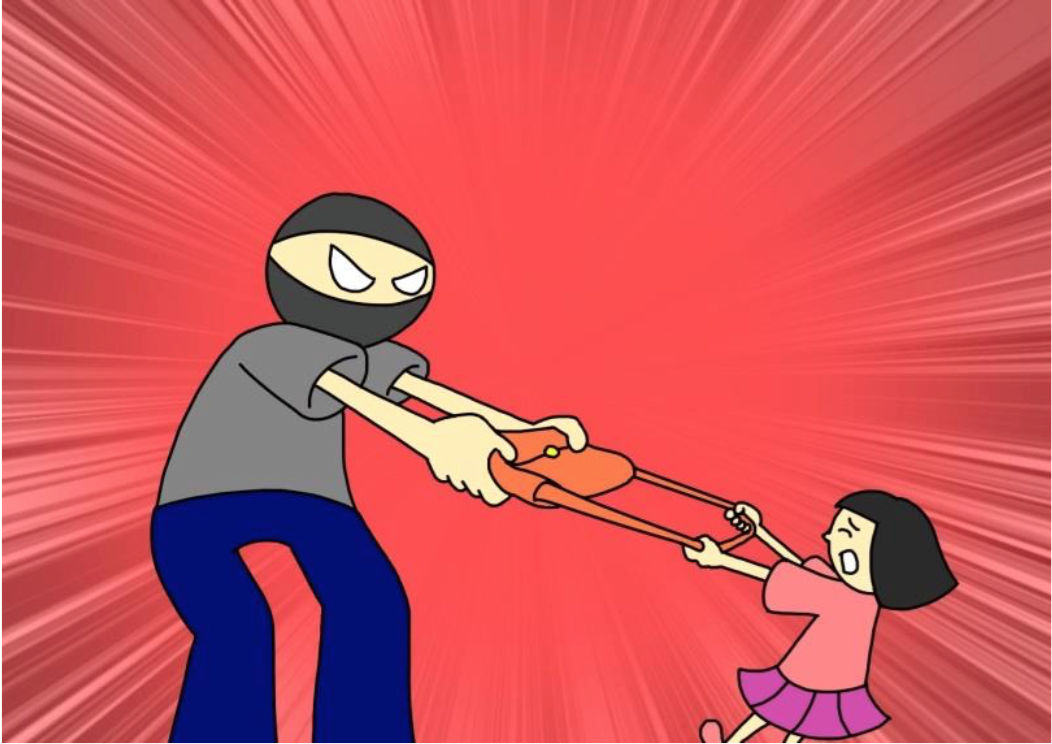 | Suddenly, a robber crept up slowly behind Shan Shan. He tried to pull her bag away from her. She quickly pushed him away. But the robber did not give up easily and tried to pull her bag away again and again. |
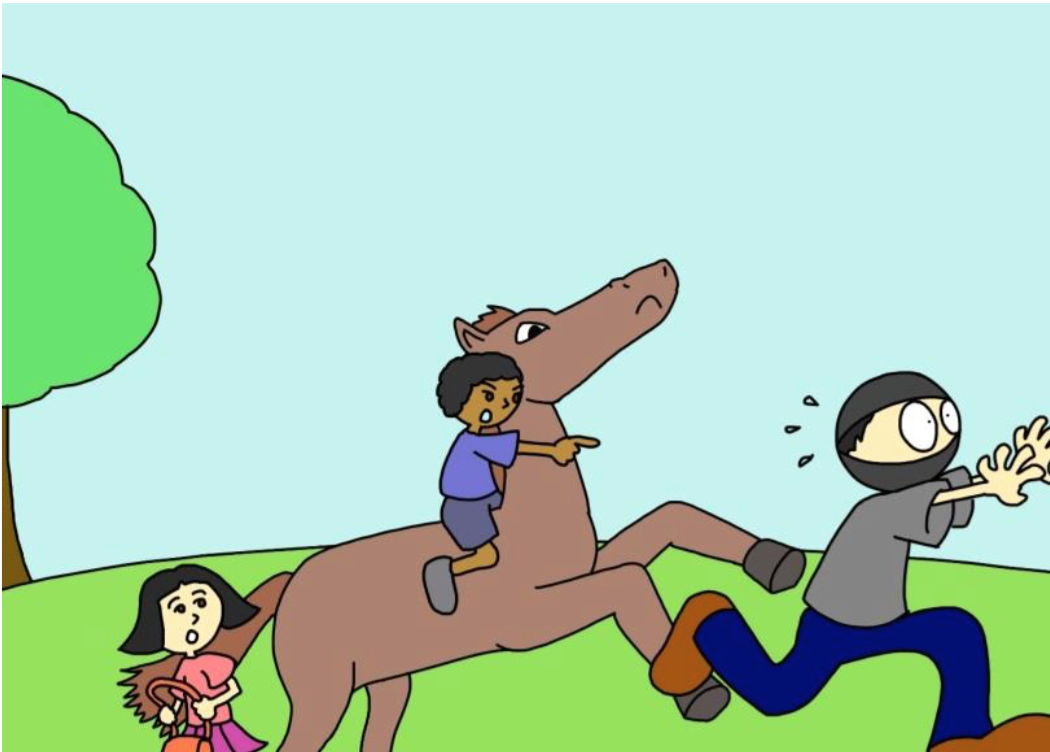 | Luckily, brave Raja arrived on a horse and chased the robber away. Raja saved Shan Shan and brought her home safely on his horse. |
